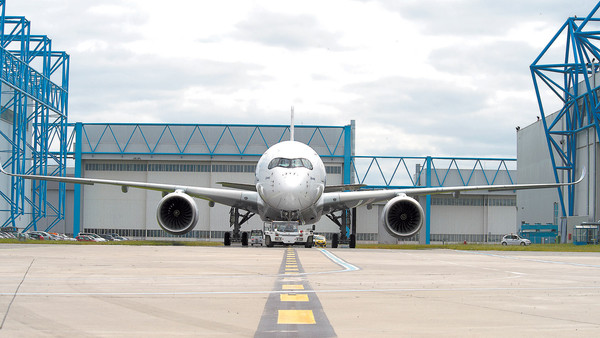As my closest friends know, I am a huge airplane buff. I love aviation and really love to follow the large aircraft manufactures as they develop the next generation of planes to transport millions of people a day. Recently on the Financial Times of London, there was a great article talking about the ongoing war between Boeing and Airbus to gain control of the wide body aircraft market. For those of you that do not know, a wide body aircraft is for the most part one that has more than one aisle running the length of the aircraft. Currently, examples of this type of plane would be the 787, 777, 747, A380, etc. They are needless to say very large aircraft and occupy large air routes.

Many individuals that pay attention to the news will hear stories about endless delays for these manufactures in their development of new aircraft due to any number of reasons. Something that occurred to me is that while many of these delays can take headlines, they are really a larger product of poor project management practice. It is absolutely true that aircraft have a very very long lifespan within the marketplace and traditionally, a new product is on the market for 20 or 30 years at a time. This timeframe supports the extensive time and costs that are required to bring a new product to market that truly revolutionizes the marketplace and well as providing a product that provides business justification to airlines to purchase these new fleets. While these timeframes are very long, the recent trend has been to experience extreme delays in these developments and more importantly, in customer delivery. I have started to ask myself if these firms are starting to reach an unrealistic view of the requirements in the developments of these next gen products.

Bringing two perfect examples into context, both Boeing’s 787 Dreamliner and the Airbus A350 are two of the most recent entrants into the marketplace and both are constructed of something called carbon fiber. This technique allows for extreme strength of the airframe while significantly dropping the weight on the aircraft. Additionally, both of these aircraft are being constructed using a significantly diverse supply chain as opposed to more traditionally held models supported by the manufactures themselves. The project timeframes were simply unrealistically constructed and did not take into account the possibility of things going wrong all over the place. This delayed both aircraft by literally years as problems had to be worked out in both design and the supply chain. This is becoming a chronic trend for these firms and quite frankly in my opinion, these issues are ripping down their reputations.
The question to all of us project manager students is simple. When we are working on our own development schedules, how do we intend to build in time for the foreseen and unforeseen issues that can occur and what do we do when we are faced with such troubles both from a management and reputation standpoint?